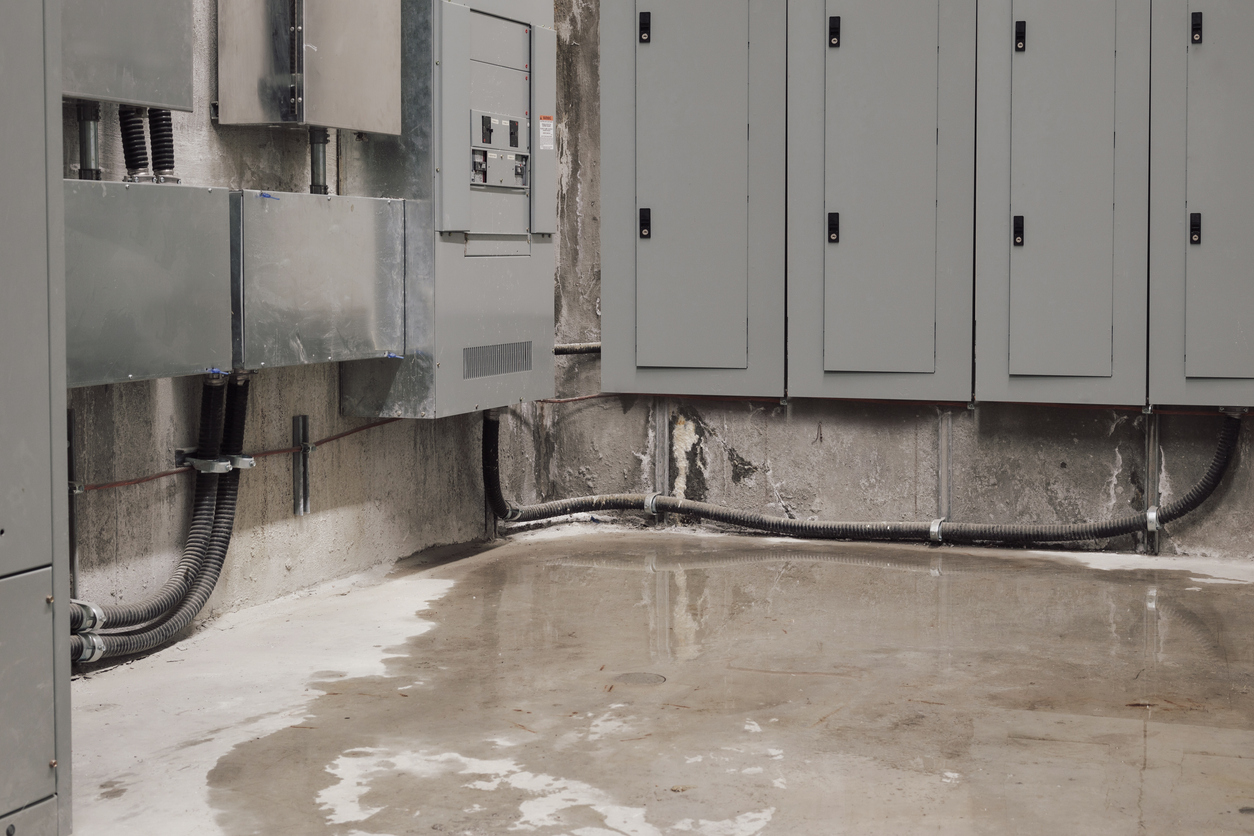An Illinois homeowner recently contacted me regarding an insurer’s denial of a water damage claim. The facts were: An underground pipe which was part of a municipal water supply system (“the water main”) burst and water was released from the water main. The pressure from the water cracked the street pavement and water flowed onto the pavement, travelled across the pavement, and then down the sloped driveway leading into the garage of the insured dwelling. Ultimately, the water flowed into the lower level of the home, damaging building materials and personal property.
The insurer denied the claim based on a policy exclusion for loss caused by water damage. The sources of excluded water the insurer pointed to were:
- “flood”
- “surface water” and
- “water below the surface of the ground”
All were undefined terms in the policy.
In my opinion, the denial was erroneous, and the water damage should be covered for the following reasons.
First, the plain and ordinary meaning of the term “flood” is “a rising and overflowing of a body of water that covers land not usually under water.”1 The flood exclusion does not apply because the water did not escape from a body of water.
Second, the plain and ordinary meaning of the term “surface water” is “water derived from natural precipitation that flows over or accumulates on the ground without forming a definite body of water or following a defined watercourse.”2 While it flowed on and along the street pavement, the water did not accumulate from a natural source, such as rainwater or runoff from a storm. Rather, it originated from an artificial or man-made source, an underground water main, rendering the “surface water” exclusion inapplicable.3 In that regard, the water damage exclusion in the policy did not state it applied regardless of the source of the excluded water; or, regardless whether the excluded source of water was caused by an act of nature or otherwise caused, distinguishing it from other insurer “water damage” exclusions utilized in the property insurance industry.4
Finally, absent such language described above, courts have interpreted the term “water below the surface of the ground” to have the general meaning of “subterranean waters” i.e., underground bodies or streams of water flowing in known and defined or ascertainable channels or courses, and waters which ooze, seep, or percolate through the earth, or which flow in unknown or undefined channels, both categories of which are waters of natural origin.5 Since it does not include water from an artificial source like a water main, the “water below the surface of the ground” exclusion is not a bar to recovery.6
________________
1 Park Ridge Presbyterian Church v. Am. States Ins. Co., 2014 WL 4637433, *5 (N.D. Ill. Sept. 17, 2014).
2 Smith v. Union Auto. Indem. Co., 323 Ill.App.3d 741, 749 (2001).
3 See Ebbing v. State Farm Fire & Cas. Co., 1 S.W.3d 459 (Ark. App. 1999); Popkin v. Sec. Mut. Ins. Co. of N. Y., 367 N.Y.S.2d 492 (N.Y. App. Div. 1975); Ferndale Dev. Co., Inc. v. Great Am. Ins. Co., 527 P.2d 939 (Colo. App. 1974).
4 See ISO Endorsement CP 10 31 08 08. Although this Endorsement gives an example to which the “otherwise caused” language applies – a dam, levee, seawall, or other water boundary or containment system failing in whole or in part – it would not apply to a burst or ruptured water main, which is a pipe or conduit for conveying water, as opposed to a water boundary or water containment system.
5 See Adrian Assocs., General Contractors v. Nat’l Sur. Corp., 638 S.W.2d 138 (Tex. App.1982).
6 But see Carver v. Allstate Ins. Co., 76 S.W.3d 901 (Ark. App. 2001) (policy excluded loss caused by “[w]ater or any other substance on or below the surface of the ground, regardless of its source,” reflecting an intent to exclude damage from both natural and artificial water sources).



